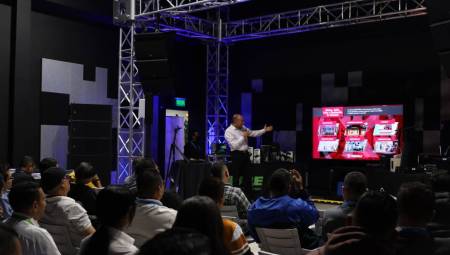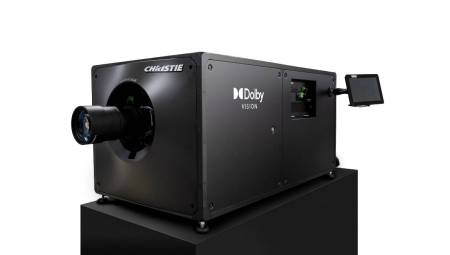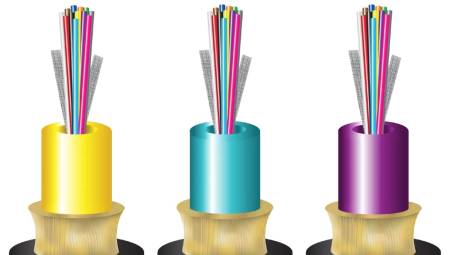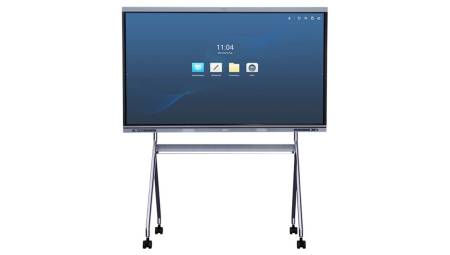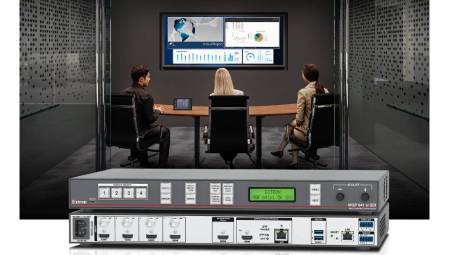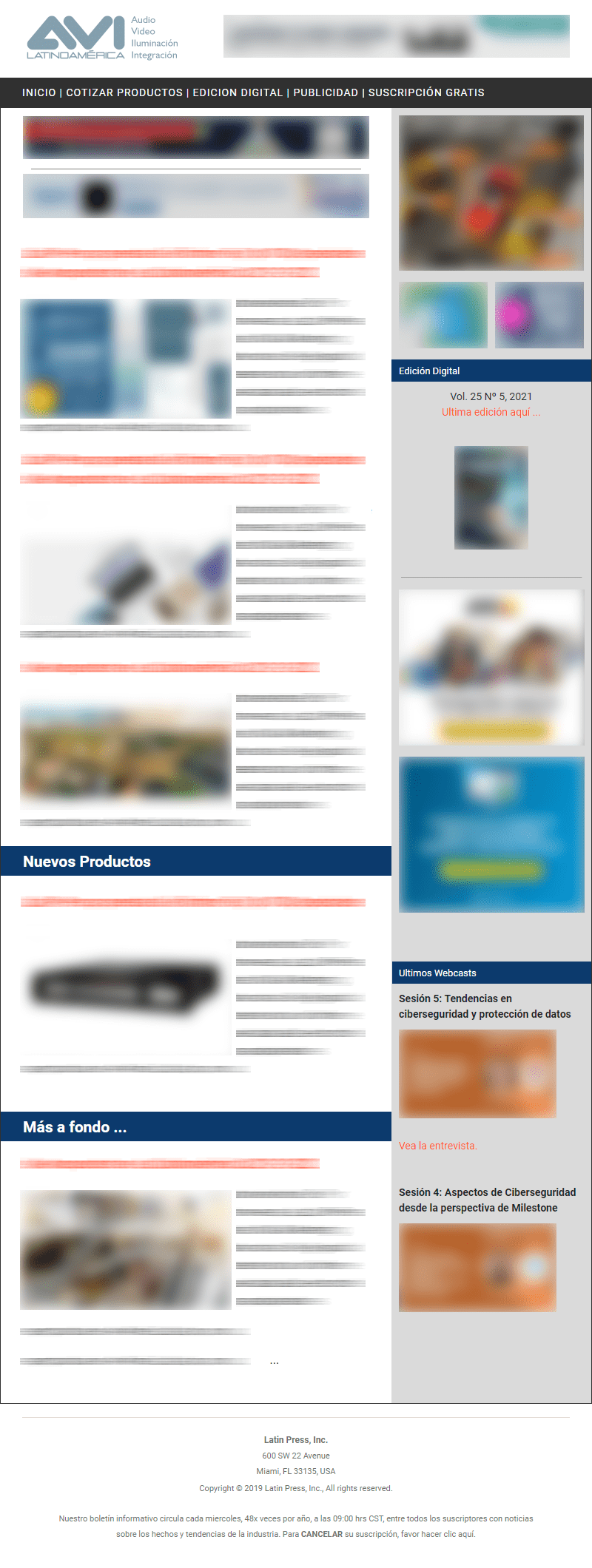 Latin America. On May 17, through a Schneider Electric webinar, electricians will be able to receive information about how to design, develop, inspect and maintain safe, reliable, efficient, productive and eco-sustainable electrical installations, taking into account the international standards and technical regulations of each country.
Latin America. On May 17, through a Schneider Electric webinar, electricians will be able to receive information about how to design, develop, inspect and maintain safe, reliable, efficient, productive and eco-sustainable electrical installations, taking into account the international standards and technical regulations of each country.
The webinar called "Methodology and techniques to follow in the design of an electrical installation", will be held at two times, 7:00 a.m. and 6:00 p.m. Sign up by clicking here.
Among the points to be discussed will be the 10 keys that, for the expert Héctor Velandia, Standardization Manager for the Andean Cluster of Schneider Electric, are essential and must be taken into account.
These keys are:
1. It is necessary to have information on local tariff structures to choose the best option in terms of mounting the connection to the power grid.
2. To design an installation, the maximum power demand that can be requested from the system must be evaluated.
3. An electricity grid faces the constant generation of needs, which will lead to many evolutions in the load, but surely also to evolutions of associated services, for example the monitoring of costs due to a higher level of competitiveness.
4. In order for the end user to obtain different benefits such as the decrease in the cost of energy or the optimization of assets, there must be supervision and control of the supply.
5. Diagnosing energy consumption and cost allocation is a key step in achieving reduction.
6. When it comes to connection to the grid, the appropriate choice of power supplies decisively affects the performance of the installation throughout its life cycle.
7. Variables, such as the difference between passive equipment and active equipment, should be taken into account:
to. Passive equipment: Due to their function they must have the ability to withstand both normal and corticircuit current; for example: cables, lines, conductive bars, transformers among others.
b. Active equipment: These are equipment designed to eliminate short-circuit currents, for example: circuit breakers and fuses.
8. The distribution network of any installation is studied as a complete system.
9. Each circuit must be studied, from the nominal currents of the loads, the level of the short circuit current and the type of protective device, the section of the conductive wires of the circuit can be determined.
10. Direct or indirect lightning strikes can damage electrical equipment at a distance of several kilometers; A surge limiter is a device that limits transient surges and scatters current waves to the ground to reduce the force of the surge and make it safe for electrical installations and equipment.






